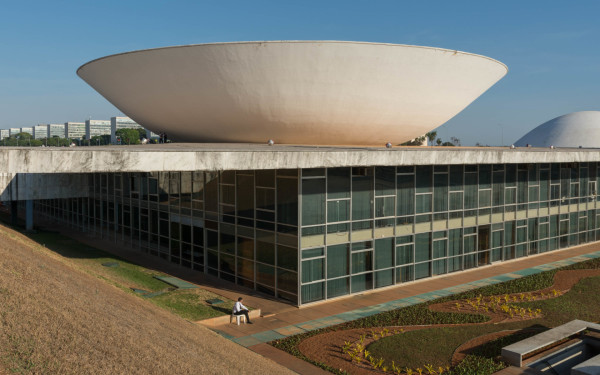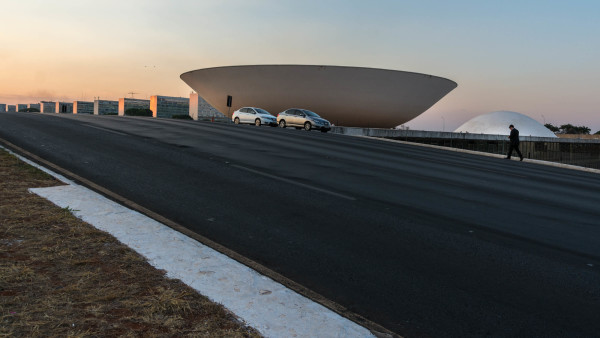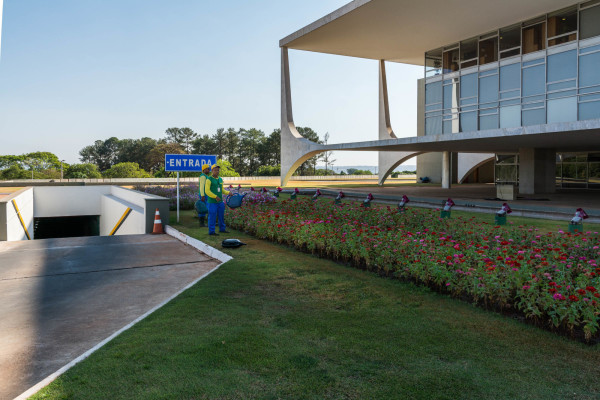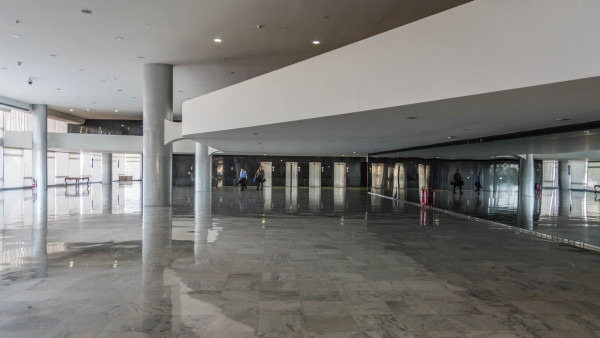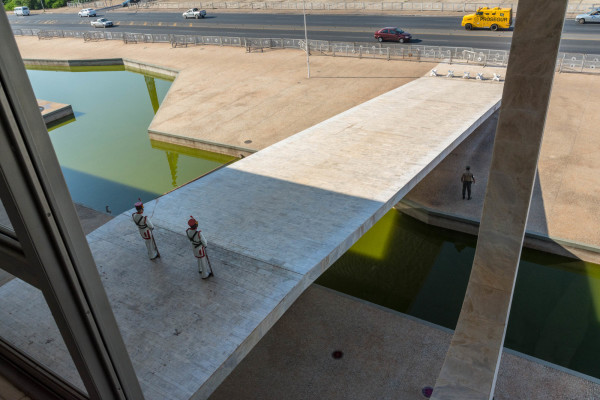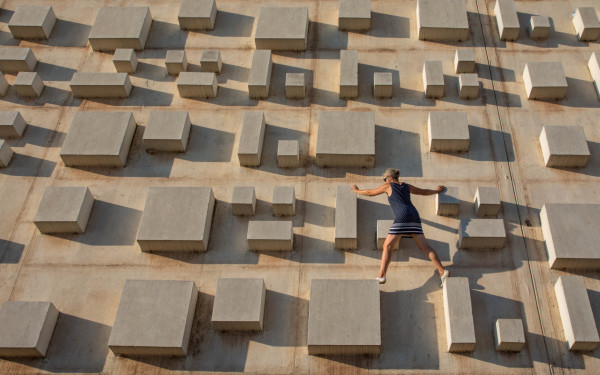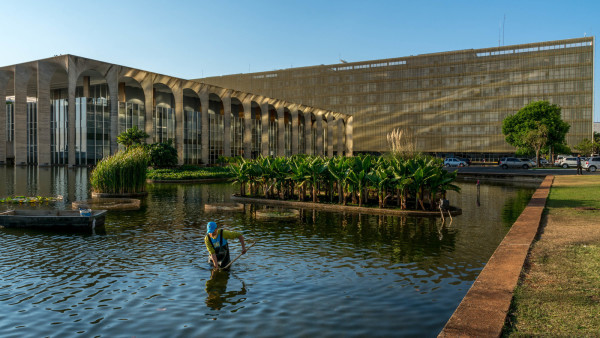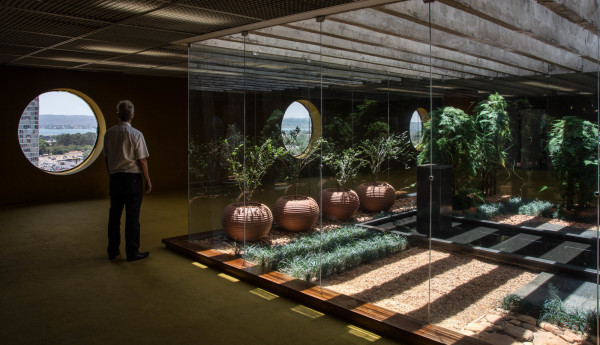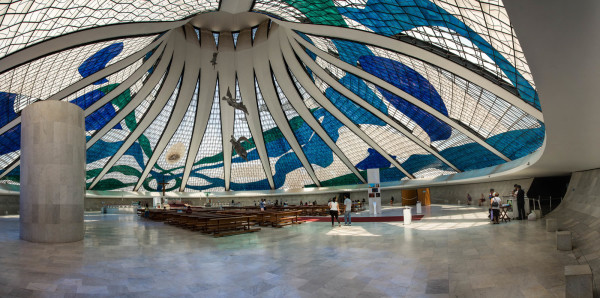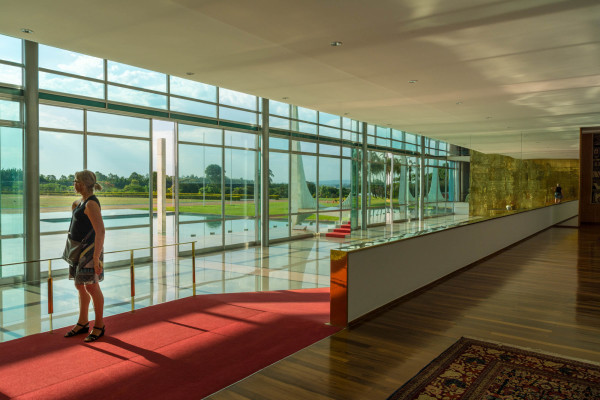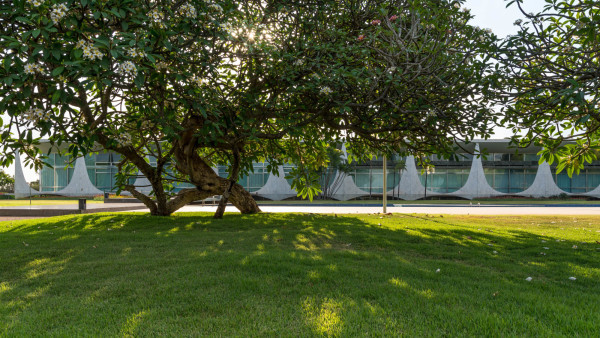Brasilia
Many travelers say that Brasilia is not worth visiting. That it is completely at odds with the rest of the country, and, conceived as an unholy combination of utopian project, planned city and modernist dream, was doomed to become a failure. Whilst theoretically speaking these points have merit, I discovered that they don’t seem to apply, perhaps in a blatant case of the exception proving the rule.
At first glance Brasilia does feel alien and straight out of a Soviet sci-fi novel but, tempered by well-managed signs of decay and a decades old patina, it is at peace with the environment. Seen in the setting sun, when the buildings and the red soil are saturated in glorious light, there are moments when the whole city appears to be a strange and unexplained outgrowth of the savanna.

It is impossible not to be charmed by the unique style created by Lúcio Costa, Oscar Niemeyer and Roberto Burle Marx. Elegant and organic, it gives rise to airy spaces that invite contemplation. The architecture with a distinct retro feel is stringent and exerts its influence to every part of the city including entry ramps, stair cases, bus stops, and underpasses.
Though the city was built from scratch more than sixty years ago, likely not even then a perfect match for hosting the nation’s government, the Brazilians are determined to make it work and to preserve it. No jarring alterations are allowed. New buildings must match in style, and their location is dictated by the cross-axial, dragonfly shaped design of the city.
Visiting many of the government buildings, I found evidence everywhere that the structure is put to its intended use and serves its purpose fully. Somehow, despite of all the imperfections and theoretical problems, through the sheer will of the Brazilian people, Brasilia has become what may seem impossible, a work of art and a living structure.


